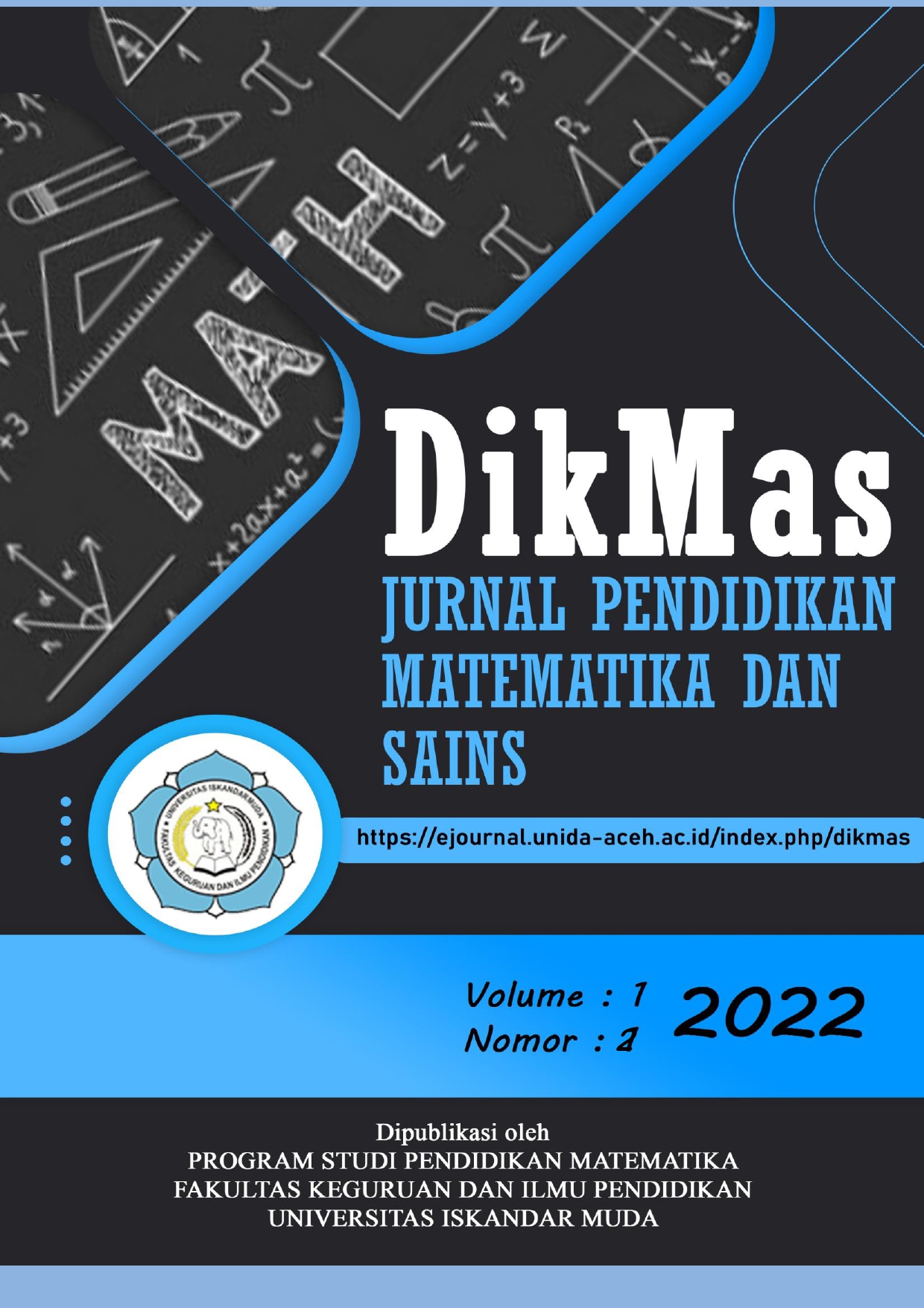ANALISIS DAMPAK PENGGUNAAN KALKULATOR TERHADAP KETERAMPILAN BERHITUNG DAN HASIL BELAJAR MATEMATIKA SISWA SMA AS-SUHUF
Keywords:
Calculator, Skills, Results, Study, MathematicsAbstract
The use of calculators at the high school level raises pros and cons both among educators and the public. Those who are pro towards the use of calculators think that by using a calculator, mathematical calculations will be faster and tend to be more precise. Meanwhile, those who are against think that long-term use of calculators can negatively affect students' numeracy skills. This research was conducted because of the low mathematics scores of high school students in Indonesia.This research was conducted at a private high school in Pamekasan, namely As-Suhuf High School, especially class XI which was carried out by tests by giving different treatment to the two sample groups where one group as the experimental class took the test with a calculator, and the other group as the control class took the test without using a calculator. The variables observed were numeracy skills and student test results. The results showed that the average test score for the experimental class was 86.67 while the average test score for the control class was 70.00. Students using a calculator were able to complete 52 correct questions per 12 students. While students who did not use a calculator, only completed 42 correct questions. Whereas in the basic arithmetic operations test, students who use a calculator while studying can complete the numeracy skill test well and fulfill the numeracy skill indicator.These results indicate that the use of a calculator has a positive effect on learning outcomes. Meanwhile, on arithmetic skills, the use of a calculator does not have a negative effect. Therefore, the use of calculators needs to be supported by teachers in order to improve student learning outcomes in mathematics and to create a more interesting and easier learning atmosphere for students.
References
Alfianika, N. 2018. Buku Ajar Metode Penelitian Pengajaran Bahasa Indonesia. Surabaya: Deepublish.
Arifin, M., Ekayati, R. 2021. Implementasi Metode Tutor Sebaya dalam Upaya Meningkatkan Hasil Belajar Mahasiswa. Medan: umsu press.
Biswas, A., Kaushik, B. K., Sharma, S., Sachan, V. 2021. Recent Trends in Communication and Electronics: CRC Press.
Fakhrina, A., Ayu, M. D. K. 2020. KETERAMPILAN BERHITUNG MENGGUNAKAN MEDIA ANGKA BERANTAI UNTUK KELAS 1 SDIT ULUL ALBAB 2 PURWOREJO. Purworejo: Universitas Muhammadiah Purworejo. http://eproceedings.umpwr.ac.id/index.php/semnaspgsd/article/view/1427#:~:text=Keterampilan%20berhitung%20pada%20pelajaran%20Matematika,yang%20berhubungan%20dengan%20angka-angka
Fauzia, A. R. 2013. Penggunaan Metode Simulasi dalam Meningkatkan Prestasi Belajar Siswa Ranah Psikomotor: Universitas Pendidikan Indonesia. http://repository.upi.edu/3064/6/S_PKR_0907224_CHAPTER3
Haedil, Kustati, M. 2022. Evaluasi Pendidikan Perspektif Islam: Deepublish.
Hidayat, A. A. 2015. Metode Penelitian Kesehatan Paradiga Kuantitatif. Surabaya: Health Books Publishing.
Ismail, F. 2018. Statistika Untuk Penelitian Pendidikan dan Ilmu-ilmu Sosial: Kencana.
Mirdanda, Arsyi. 2018. Motivasi berprestasi & dispilin peserta didik serta hubungannya dengan hasil belajar. Pontianak: Yudha English Gallery.
Oxlade, C., Ganeri, A. 2003. Ensiklopedia Mini Sains: Erlangga.
Pratisti, W. D., Yuwono, S. 2020. Psikologi Eksperimen. Yogyakarta: Muhammadiyah University Press.
Rojak, E. A. 2020. Ilmu Palak: Prenada Media
Siswono, T. Y. E., Rosyidi, A. H., Kohar, A. W., Hartono, S., Nisa', K., Uripno, G. 2022. Integrasi Teknologi dalam Pembelajaran Matematika: Cv Literasi Nusantara Abadi.
Suherman. 2016. Pengaruh Penggunaan Kalkulator Terhadap Hasil Belajar Mahasiswa Pada Materi Penerapan Integral di Semester 1 Jurusan Teknik Elektro Politeknik Negeri Lhokseumawe. Jurnal Pendidikan Almuslim, 4(1), 13-14. http://jfkip.umuslim.ac.id/index.php/jupa/article/view/105
Susanti, E., Ladjin, N., Kadrini, L. 2021. Statistika untuk Perguruan Tinggi: Penerbit Adab

